Just like espresso and ristretto, a lungo is a staple in the world of coffee. But what exactly sets a lungo apart from its espresso and ristretto counterparts? If you are a coffee enthusiast seeking to uncover the differences between these popular coffee variations, check out this insightful article on What is the difference between espresso, lungo and ristretto? to deepen your understanding of these distinct coffee brewing methods.
Key Takeaways:
- Lungo Defined: A lungo is a type of coffee made by letting water flow through espresso grounds for a longer period of time, resulting in a longer and more diluted drink than a regular espresso.
- Flavor and Strength: A lungo has a lighter taste compared to an espresso, with less intensity and a slightly different flavor profile due to the extended brewing time.
- Serving Size: Typically, a lungo is served in a taller cup than an espresso, providing a larger volume of coffee without compromising on the aromatic intensity of the brew.
Origins
Your journey to understanding the lungo starts with a look into the rich history of espresso. Let’s explore the roots of this beloved coffee style in the history of espresso.
History of Espresso
On a quest to uncover the origins of espresso, one must journey back to 19th-century Italy, where this concentrated coffee was born. Initially intended as a quick and efficient way to serve coffee to busy patrons in cafes, espresso quickly gained popularity for its intense flavor and smooth texture. Over time, espresso became a staple in Italian culture, evolving from a mere beverage to a beloved tradition.
Evolution of Coffee Drinks
For coffee lovers, the evolution of coffee drinks has been a fascinating journey. From the traditional espresso to the modern-day lungo, coffee culture has continuously evolved to cater to diverse preferences and tastes. The lungo, with its extended extraction time, offers a unique coffee experience that captures the essence of a longer, smoother drink.
Coffee lovers have embraced the evolution of coffee drinks, experimenting with different brewing methods, beans, and flavor profiles to create a customized coffee experience. The lungo stands out as a testament to this evolution, showcasing how innovation and tradition can blend seamlessly in a single cup of coffee.
Definition
What is a Lungo?
On the quest to understand the nuances of coffee, it’s important to unravel the mystery behind the lungo. A lungo is a coffee beverage that involves extracting a short shot of espresso using more water than usual, resulting in a longer and milder coffee experience.
Difference from Other Coffee Drinks
On the surface, the lungo might seem similar to an Americano due to its diluted nature. However, the key distinction lies in the preparation method. While an Americano is made by adding hot water to espresso after brewing, a lungo extracts the espresso with additional water from the start, altering the flavor profile and intensity of the final brew. This nuanced difference sets the lungo apart, offering a unique coffee experience for aficionados seeking a less intense, yet flavorful, cup.
When exploring the world of coffee, distinguishing between various espresso-based drinks can be intriguing. The lungo’s distinctive preparation method sets it apart from its counterparts, such as the espresso or Americano. By adjusting the brewing process to extract a longer shot of espresso, the lungo offers a nuanced flavor profile that caters to those who appreciate a milder coffee experience with a lingering taste sensation.
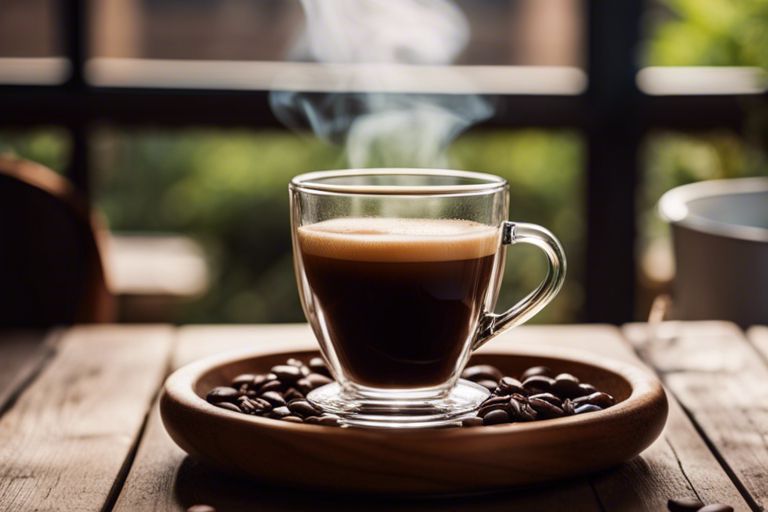
Characteristics
Now let’s look into the characteristics of a lungo. The brewing method, flavor profile, and caffeine content all play a role in defining this unique espresso drink.
Brewing Method
Characteristics of a lungo include the brewing method, where more water is passed through the coffee grounds compared to a traditional espresso shot. This results in a longer extraction time, producing a milder flavor profile.
Flavor Profile
Brewing a lungo involves extracting more water through the coffee grounds, which can lead to a more diluted taste compared to a regular espresso shot. The flavor profile of a lungo is typically less intense and bitter, with subtle notes of the coffee beans shining through.
A lungo offers a unique flavor experience, where the extended brewing process allows for a different taste profile to develop compared to other espresso drinks.
Caffeine Content
A lungo typically has a higher caffeine content compared to a standard espresso shot due to the longer extraction process. This results in a more caffeinated beverage that can provide an extra kick for those needing a morning boost.
Flavor-wise, the increased caffeine content in a lungo can contribute to a slightly more bitter taste compared to other espresso variations. However, this bitterness is often balanced out by the unique flavor nuances that develop during the extended brewing time.
For instance, if you’re looking for a coffee beverage that packs a punch in both flavor and caffeine content, a lungo might just be the perfect choice for you.
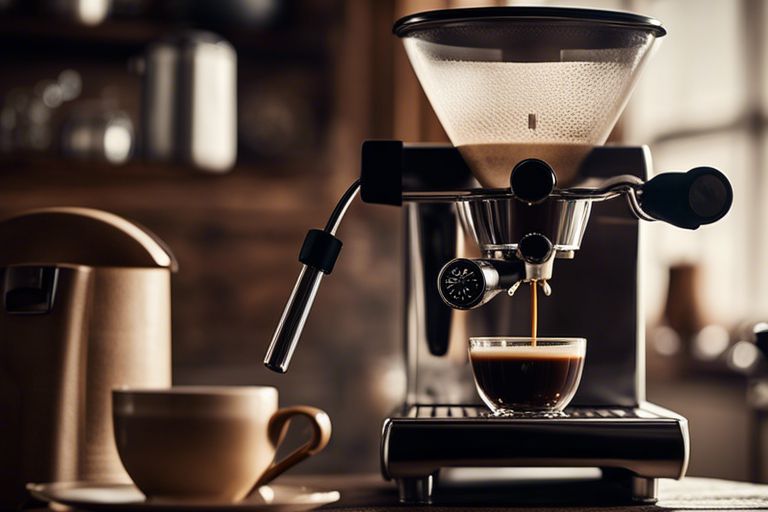
Preparation
After exploring the origins and characteristics of lungo coffee, you may be eager to try making one yourself. Here is a guide on how to prepare a delicious lungo right in your own kitchen.
Equipment Needed
With just a few imperative pieces of equipment, you can easily brew a lungo at home. Here’s what you’ll need:
| Espresso Machine: | An espresso machine with the ability to pull a lungo shot. |
| Lungo Cup: | A lungo cup to collect the extended shot of espresso. |
Step-by-Step Guide
To brew the perfect lungo, follow these simple steps:
| Step 1: | Fill the espresso machine with water and load it with your favorite coffee blend. |
| Step 2: | Start the extraction process and allow the espresso to flow for a longer period than a standard shot. |
To enhance your lungo experience, you can experiment with different coffee blends and grind sizes to find the perfect balance of flavors and aromas.
Tips and Variations
Plus, consider these tips and variations to elevate your lungo brewing:
- Try using a single-origin coffee for a more pronounced flavor profile.
- Adjust the grind size to control the strength and extraction of your lungo.
One key tip to remember when brewing a lungo is to be patient and allow the espresso to extract slowly to achieve the desired intensity and flavor profile. This method will help you savor the full essence of the coffee beans and enjoy a rich and aromatic lungo.
Guide
Based on the above information, you’re now equipped with the knowledge and tools needed to prepare a delightful lungo at home. Enjoy the process of experimenting with different coffee blends and techniques to find your perfect cup of lungo.
Cultural Significance
Italian Coffee Culture
With its roots in Italy, the lungo holds a special place in Italian coffee culture. In Italy, coffee is not just a beverage but a way of life. Italians often take their coffee strong and short, ordering a quick shot of espresso at the bar to kickstart their day. However, the lungo offers a different experience, providing a longer and slightly milder coffee option for those who prefer a more extended coffee break.
Lungo’s Popularity Worldwide
One of the reasons lungo has gained popularity worldwide is its versatility. Lungo’s larger size makes it a suitable choice for those who enjoy a more diluted coffee or want to savor their drink slowly. The lungo also appeals to those looking for a milder coffee experience compared to the intensity of an espresso shot.
Understanding the cultural significance of the lungo can offer insight into the diverse coffee preferences around the world. While some may opt for the quick jolt of an espresso, others find comfort in the leisurely ritual of sipping a lungo, appreciating the nuanced flavors that unfold with each slow, deliberate sip.
Health Benefits
Once again, stepping into the world of lungo coffee, let’s explore its potential health benefits that may surprise you.
Antioxidants and Nutrients
On the surface, a lungo may just seem like a longer shot of espresso, but beneath the surface lies a rich source of antioxidants and nutrients. The extended brewing time of a lungo allows for more compounds to be extracted from the coffee grounds, leading to a higher concentration of antioxidants. These antioxidants are known to help fight inflammation and protect the body from harmful free radicals, potentially reducing the risk of chronic diseases.
Caffeine’s Effects on the Body
Effects on the body from the caffeine in a lungo can be quite profound. Caffeine is a natural stimulant that can improve focus, alertness, and even enhance physical performance. However, it is vital to consume caffeine in moderation, as excessive intake can lead to negative side effects such as jitteriness, anxiety, and disrupted sleep patterns.
Body: It’s important to be mindful of your caffeine consumption and listen to your body’s cues to find the right balance for you. Recall, a lungo can be a delightful addition to your day in moderation, offering not just a delicious pick-me-up but also potential health benefits.
Conclusion
Conclusively, a lungo is a longer espresso shot made by extracting more water through the coffee grounds, resulting in a more diluted and milder taste compared to a traditional espresso. This popular coffee drink offers a unique flavor profile and is a favorite among those who prefer a less intense coffee experience.
In essence, understanding what a lungo is expands one’s knowledge of coffee culture and provides insight into the diverse world of coffee brewing methods. Whether enjoyed on its own or as a base for specialty drinks, the lungo offers a distinct coffee experience that can be appreciated by coffee enthusiasts looking to explore different flavors and brewing techniques.
FAQ
Q: What is a lungo?
A: A lungo is a type of coffee made by extracting a double shot of espresso using more water, resulting in a longer and milder beverage.
Q: How is a lungo different from an espresso?
A: A lungo is similar to an espresso but with a larger volume of water, making it less intense and more bitter than a regular espresso.
Q: What is the typical volume of a lungo?
A: The typical volume of a lungo is around 3 to 4 ounces, compared to the 1 ounce volume of a standard espresso shot.
Q: How is a lungo prepared?
A: To prepare a lungo, a barista will pull a double shot of espresso using a longer extraction time to allow more water to pass through the coffee grounds.
Q: What is the flavor profile of a lungo?
A: A lungo typically has a more diluted flavor compared to an espresso, with a milder taste and slightly more bitterness due to the extended brewing process.
What are the best coffee regions in the world


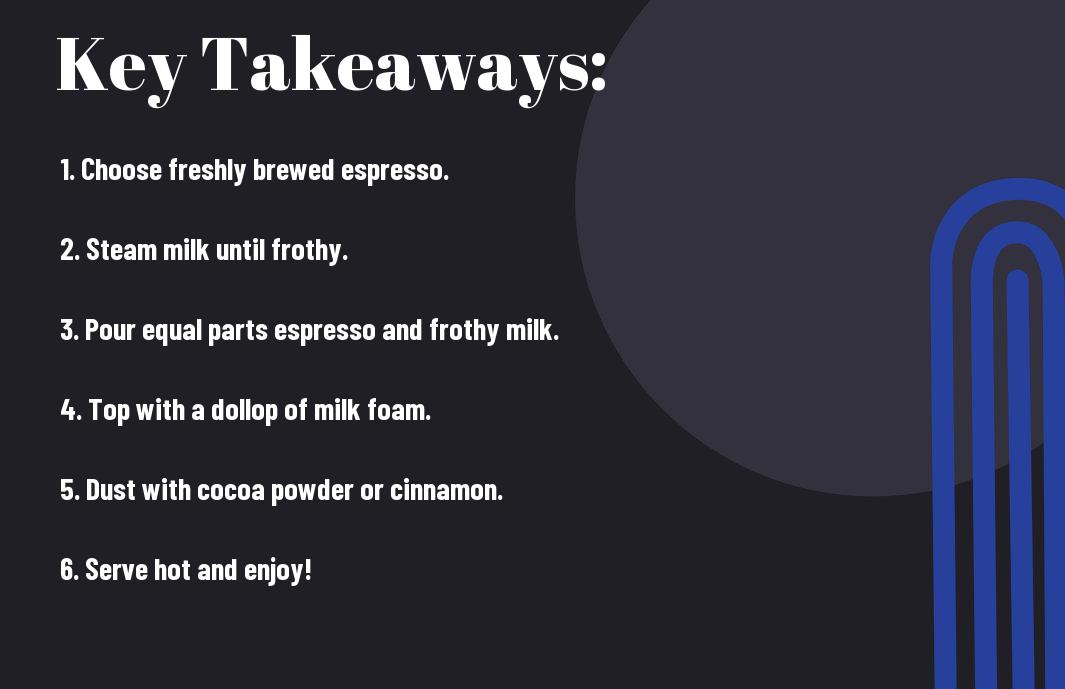
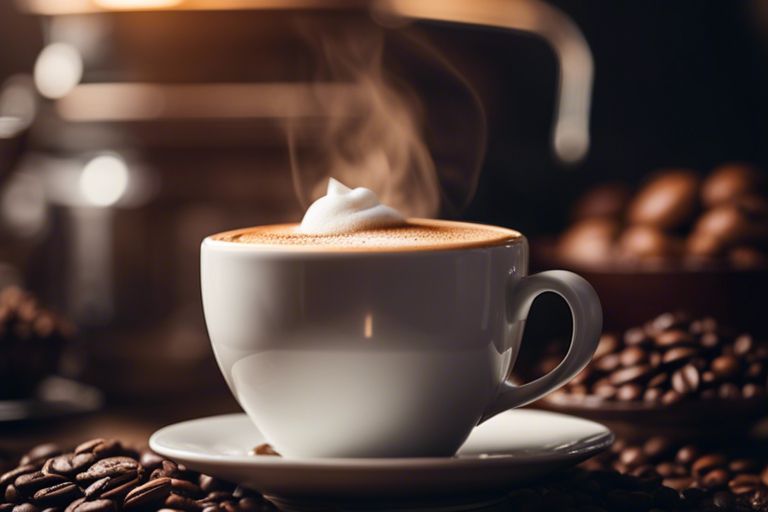
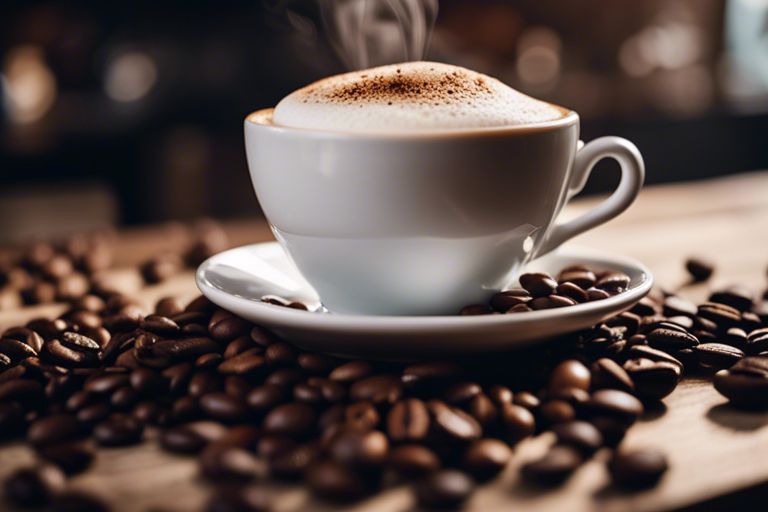
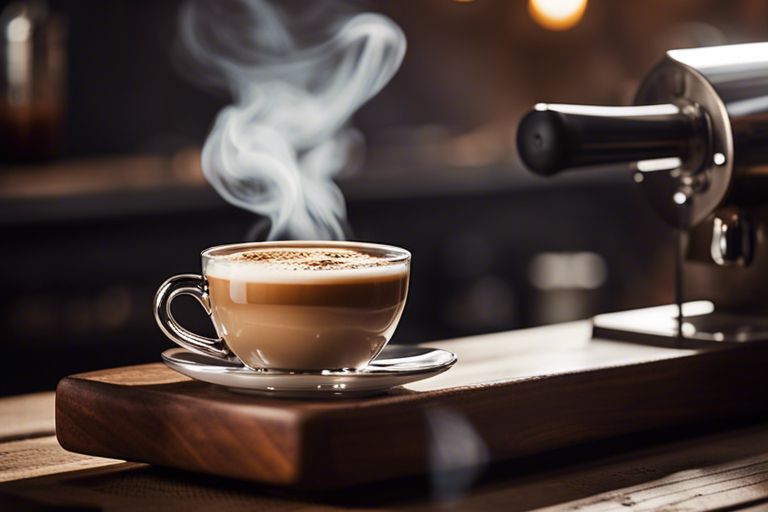



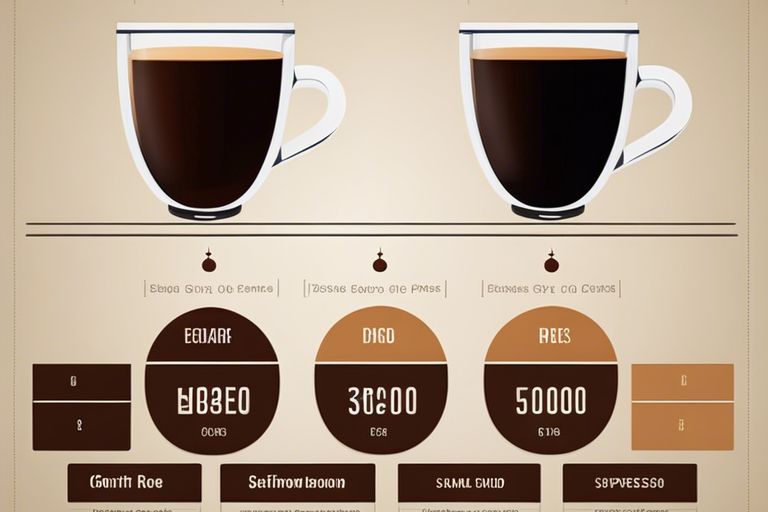

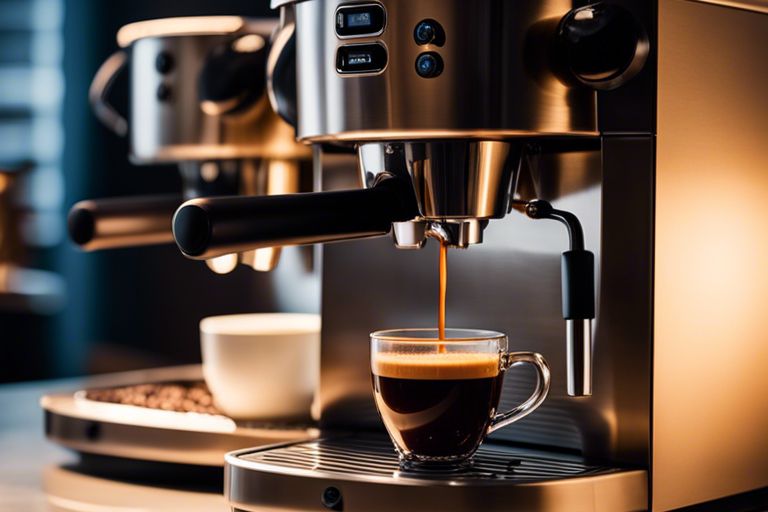
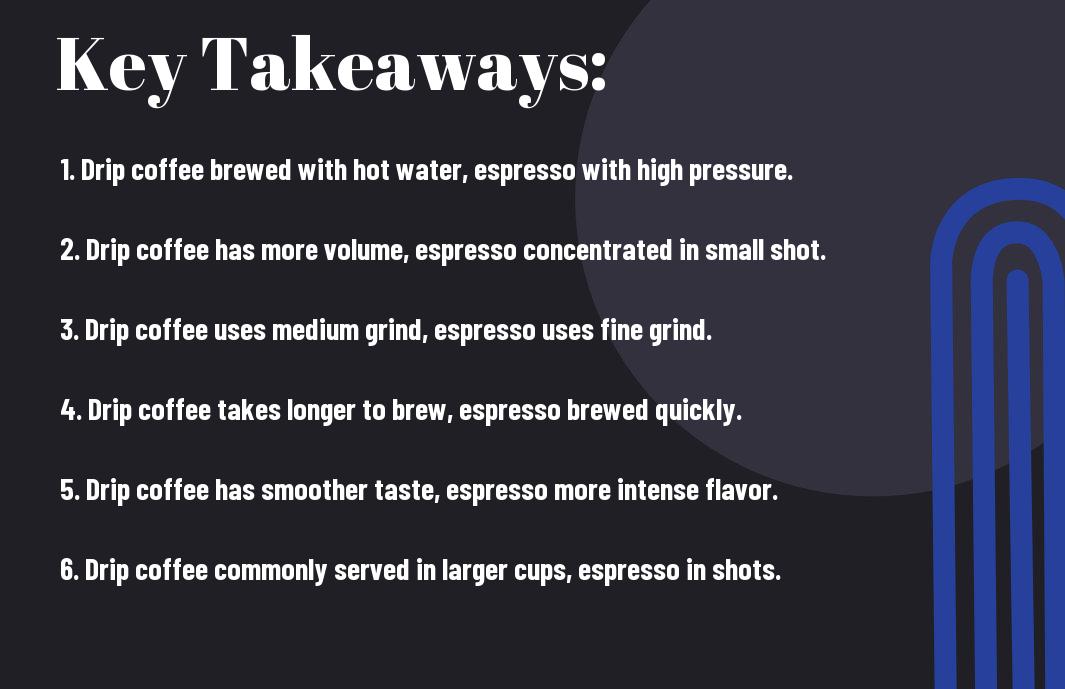
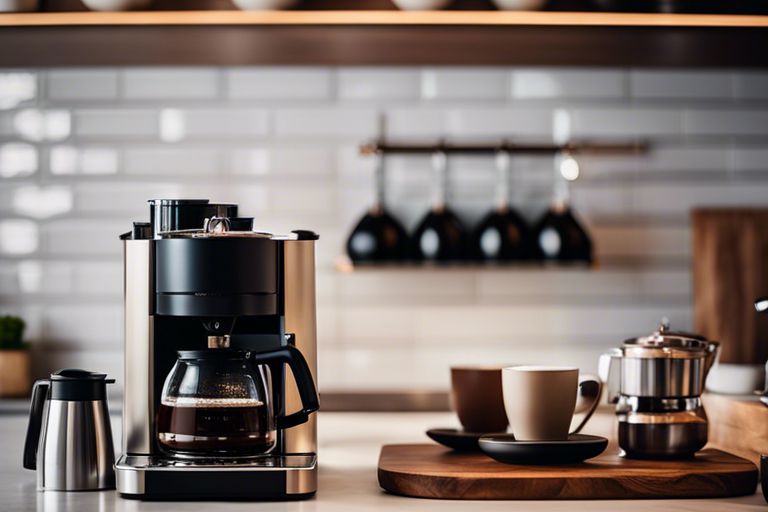














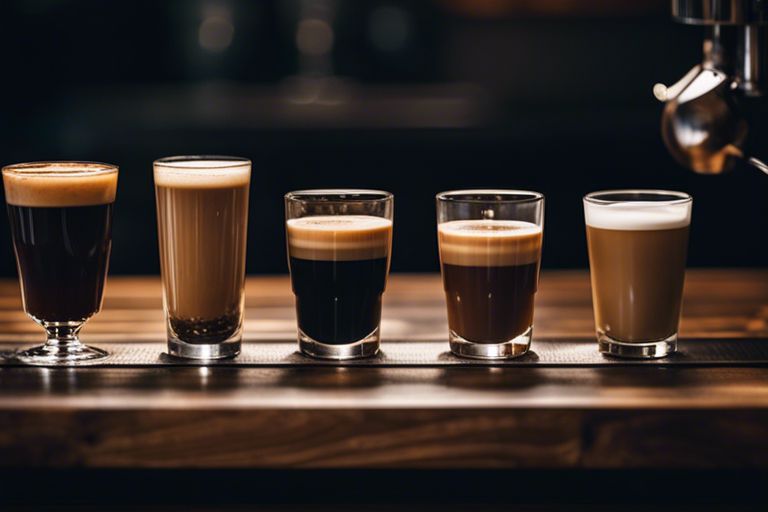
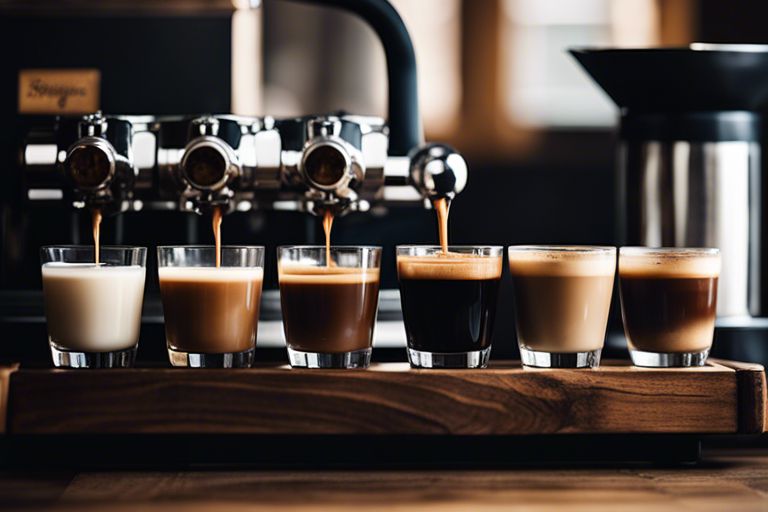

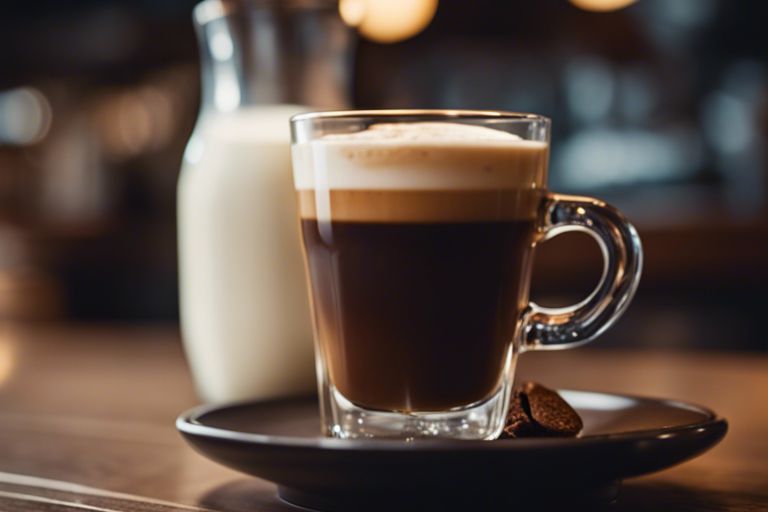
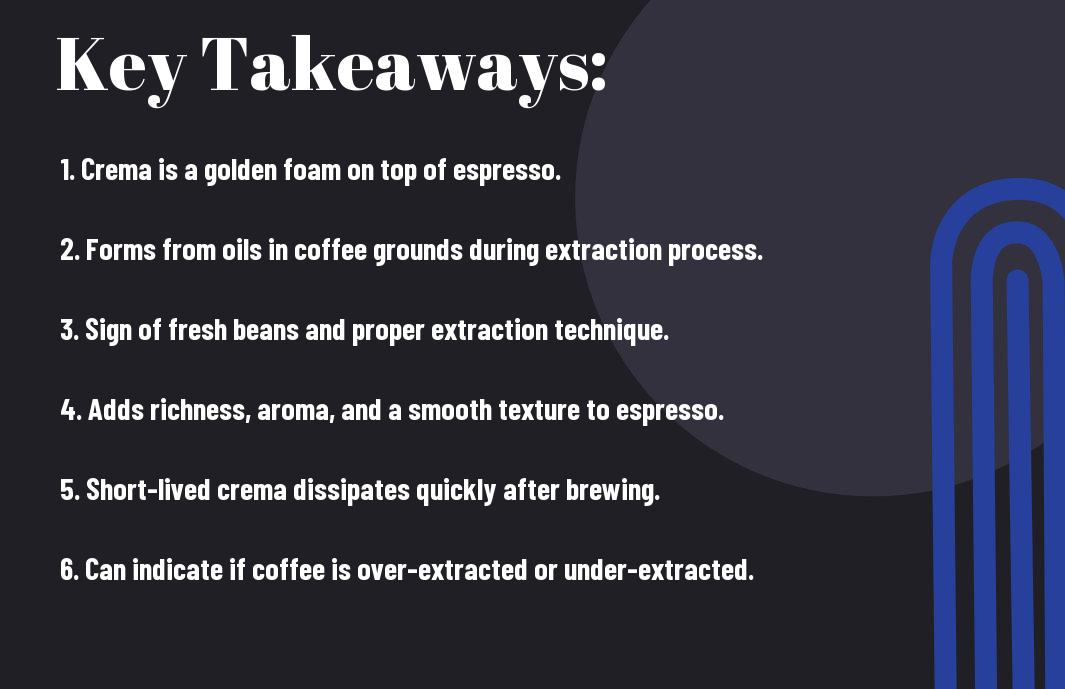
 In your forthcoming blog post, the chapter “Types of Coffee Crema” will be an necessary part of educating your readers about the diverse characteristics of this coffee element. Let’s explore the different types of coffee crema with a structured approach.
In your forthcoming blog post, the chapter “Types of Coffee Crema” will be an necessary part of educating your readers about the diverse characteristics of this coffee element. Let’s explore the different types of coffee crema with a structured approach.






